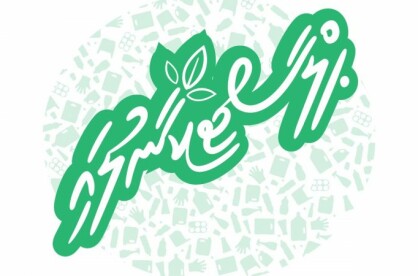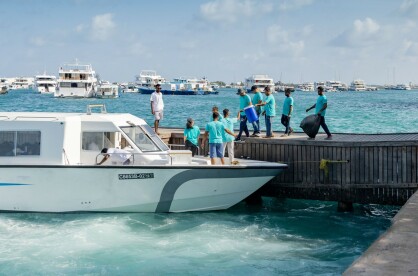The Maldivian transportation sector has come a long way as we move from using bicycle and dhoni as the main forms of transportation to introducing public transportation while also being able to purchase the latest vehicles that are available on the international market.
In addition to bringing in the newest models of vehicles into the country, as of 12th September 2022, the Maldivian driver's license can also be used in Malaysia ─ marking one of the biggest steps towards development in the transportation industry. However, this accomplishment is not the only one achieved in this sector as public transportation is slowly being introduced into the Maldives following the public expressing the need for good public transportation in the country.
The first steps towards public transportation was introduced after the commencement of the Maldives China friendship bridge in 2018, as many saw the need to introduce a bus service to replace the ferry for easier access to Hulhumale’. And so, buses to travel between Male’ and Hulhumale’ were introduced. Fast-forward to a few years later, following the construction of Phase II, additional buses were brought in to ease access to those who live in Phase II as well.
The introduction of this form of transportation has been highly successful when it comes to the bus that connects Male’, Hulhumale’ and Phase II as most of the public, especially school children who need to cross the bridge have started using the bus as a daily form of transportation.
However, it did not take long before complaints started coming in, as the bus that connects Male’, Hulhumale’ and Phase II cannot be used as a reliable form of transportation for travelling within Male’ as the bus routes are established for fast travel to and from its desired destination.
With this, the demand for internal buses within Male’ started rising, as many note the difficulty in travelling within Male’. While most do not complain about the walking distance within Male’, one the most noteworthy complaints was regarding taxi fares within and outside of Male’ as the fares increased following a hike in fuel cost due to the conflicts between Russia and Ukraine.
And while the global fuel prices dropped not long after, the taxi prices remained unchanged, and many could no longer afford to get in taxis for travel. Internal travel within Male’, Hulhumale’ and Phase 2 increased from MVR 25 to 30, and the fare from Male' to Hulhumale Phase 2 and Hulhumale Phase 2 to Male' was increased to MVR 100, from Hulhumale’ Phase 2 to Phase 1 and vice-versa was set at MVR 40 and the fare for travelling from Male’ to Hulhule at MVR 70.
In addition to this price hike, many were unhappy, people also started noting how taxi drivers do not accept customers within Male’ and only accept rides from Male’ to Huhumale’ as the fare is higher. The commonly used ‘Avas Ride’ app for hailing a cab became useless as drivers rarely accepted any travel that was priced at MVR 30.
Not long after the price hikes and the complaints, Maldives Transport and Contracting Company (MTCC), who is responsible for the buses that link Male’ and Hulhumale’ phases started discussing the possibility of minibus services starting in the Maldives. This meant that a solid form of public transportation within Male’ would finally be available.
By the 5th of September 2022, the buses were brought in and trial runs started in set routes within Male’. Within just one week of its launch, over 48,000 people travelled on the minibus, marking its initial success. With the rates set to start at just MVR 7, to many, this became a more affordable and reliable option for transportation within Male’.
However, the introduction of the buses was not accepted well within the drivers' community, as the public started showing interest in public transportation over hailing taxis, and drivers started expressing their concerns. And while many expected the main concerns to be regarding losing a means of making money, the complaints were regarding how much space the minibuses take up on the roads, making it harder for taxi drivers to drive.
The discussion regarding whether the introduction of minibus service is better or worse for the road congestion in Male’ has become yet another debate as the public opinion appears to be split on this matter. One thing is for certain: in order to establish proper public transportation in the Maldives, especially within Male’, regulatory matters need to be strengthened, in order to make travel easy and accessible for everyone.
Road congestion cannot simply be reformed with the introduction of public transportation: public support and acceptance of this form of transportation and reforming government policies in order to better support public transportation is key to decreasing road congestion and implementing a proper public transportation link in the Maldives.
Source:
https://en.sun.mv/77570






